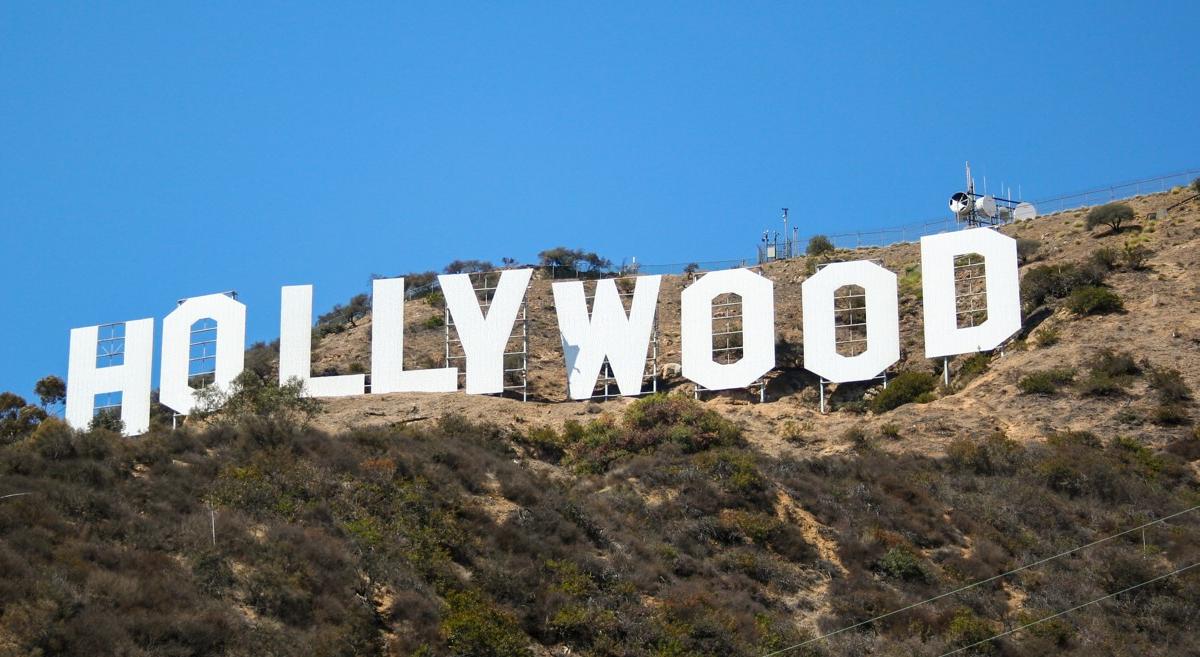
People with jobs, children, and actual responsibilities might not have noticed, but Hollywood is nearly shut down right now thanks to both a writers’ strike and an actors’ strike. Or more specifically, the writers and actors—who are members of unions—are on strike. Members of SAG-AFTRA (SAG) and the Writers Guild of America (WGA) are refusing to work until TV and movie studios agree to a variety of demands.
These actors and writers may be in for some unpleasant surprises, however. Studio revenues and advertising income isn’t what it used to be. Cable subscriptions are down. Theater attendance has not recovered from covid. When revenues are stagnant or falling, it’s harder to get the studios to raise compensation.
Another big problem writers and actors face is that we now live in an age when mid-budget content creators who can reach millions of viewers through platforms like Youtube and Tiktok and Twitter. These people are usually not union members, and that means a lot of non-union competition for Hollywood content creators.
This all highlights a central problem that unions have always faced: labor unions do not—and never have—raised wages for all workers in any particular industry. They can only raise wages for union members. But, if non-union workers can still write, film, edit, and act outside union control, they will always offer an alternative to union workers. Moreover, rising wages can only be supported in the long run by rising levels of productivity. That is, writers and actors can only expect sustainably larger pay if they’re also bringing in more net revenue. But it’s not clear rising revenue is something that Hollywood actors and writers should expect.
In this new age of decentralized and democratized content creation, union members’ demands may simply be based on wishful thinking for a bygone era.
The Decline of Hollywood Dominance
The last substantial actors’ strike was in 1980. The last time both actors and writers went in strike together was in 1960. That was a very long time ago. In those days—whether we’re talking 1960 or 1980—the big-three television stations, the large movie studios, and the artists behind them utterly dominated the world of visual entertainment. There were few viewing choices outside of what was only a handful of television stations or what was playing in movie theaters. Actors were in a fairly good position to demand higher pay for their work which in many cases enjoyed a near-captive audience. After all, summer blockbusters were a rising trend. Movie stars were household names. Prime time television commanded enormous nationwide audiences.
In 2023, the situation is very different. Yes, videos and podcasts from online content creators is not the same product as shows produced by big studios. Yet, it is nonetheless a “substitute good,” as the economists say, and it does offer competition in the form of pulling viewers away from traditional media. Ten-minute comedy videos on Youtube may be very rough around the edges compared to a slick 30-minute program on cable, but the non-studio content nonetheless competes with the studios for the viewers’ time. An hour spent watching Youtube content is an hour not spent watching something on NBC.
As a result, ad revenues are down and studios are losing revenue in many areas. A report on TV advertising by Enders Analysis concludes “TV advertising is expected to decline over 10% in Q1 2023 and by approximately 5% overall in 2023.” David Bloom reports at Forbes that “Disney has reported its linear networks revenue (which includes its cable operations) dropped 7% percent while operating income dropped a painful 35%.” Overall net revenues continue to grow for many studios, but positive revenues have come largely through cost-cutting measures. Studios have been cutting back new film and television projects which means lower overall wages for many writers and actors.
Meanwhile, Warner Bros Discovery endured an 11-percent drop in revenue in late 2022 as advertising revenues softened. Hollywood studios have endured a variety of box office disappointments this year from The Flash to Pixar’s Elemental to Indiana Jones and the Dial of Destiny. Variety also reports on how movie stars are no longer reliable money makers. Since the collapse of the DVD business in 2008, few new actors have reached the heights of an Arnold or a Stallone. This makes it harder to predict which films will be a success. There are few “sure things” in movie production in 2023, which leads studios to become far more cautious about what they’ll pay out ahead of time to writers and actors.
What do the Actors and Writers Want?
Indeed, what appears to be keeping the studios afloat at all are the streaming services such as Peacock, HBO MAX, and Disney+. Yet, actors and writers are compensated differently for streaming content than theatrical releases and TV broadcasting. Thus, the demands by both unions center largely on changes like the shift to streaming. For example, pay for actors and writers is currently constructed in such a way that big pay increases can be had through box office revenues and syndicated television. Thanks to the rise of streaming services, however, these older means of getting at the big bucks are no longer nearly as rewarding for actors and writers.
Other concerns center around artificial intelligence and computer-generated images. There are rising concerns among writers that AI programs could be used to complete or write screenplays and teleplays. Actor are concerned that CGI will allow studios to use an actor’s likeness without actually paying the actors in question.
The reluctance by studios to expand compensation to these platforms is not necessarily a function of nefarious intent as union activists often imply. (Note, for example, actor Ron Perlman’s threat to burn down the houses of studio executives.) Rather, studios continue to face large threats to advertising revenues, cable-TV income, and box office gains. Simply as a matter of responsibility to stockholders, the studios have to find ways to cut costs, and are naturally reluctant to cut into their most reliable cash cows right now: streaming.
Eventually, however, a deal will be struck, and Moody’s predicts this will cost media companies from $450 million to $600 million per year.
This may prove to be a late rearguard action, however, as neither studios nor writers nor actors can escape competition from outside Hollywood. Consider the sheer volume of content from highly popular Youtube creators like Mr. Beast or popular podcasters like Joe Rogan. People can spend hours per week consuming their content, without any dollars going to traditional content from studios. This content is for more decentralized than Hollywood and enjoys much less overhead.
So, any new demands from writers and actors will have to come in light of the fact there is a large entertainment world beyond the reach of the Hollywood unions and studios. This naturally presents a challenge to unions which thrive on the idea that they control at least a sizable portion of the available labor within a certain field. Moreover, there is a nearly constant stream of new writers and actors willing to offer their services to the big studios in the hopes of making it big.
Henry Hazlitt explains how this is a problem for the unions:
It is important to keep in mind that the unions cannot create a “monopoly” of all labor, but at best a monopoly of labor in certain specific crafts, firms, or industries. A monopolist of a product can get a higher monopoly price for that product, and perhaps a higher total income from it, by deliberately restricting the supply … But while the unions can and do restrict their membership, and exclude other workers from it, they cannot reduce the total number of workers seeking jobs.
These unions are in less of a position than ever to control the work of actors and writers. There are just too many platforms offering too many opportunities to outsiders.
Hazlitt notes unions “claim the ‘right’ to prevent anybody else from taking the jobs that they have abandoned [during the strike]. That is the purpose of their mass picket lines, and of the vandalism and violence that they either resort to or threaten. This constantly undermines the facade of a union monopoly on labor.”
This facade is more obvious than ever as non-Hollywood entertainment continues to grow in both quality and availability. The actors and writers will likely get their raises this year. But their old-fashioned studio-labor model may not survive much longer.






